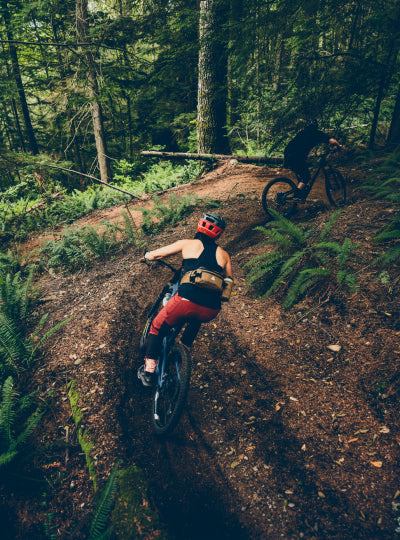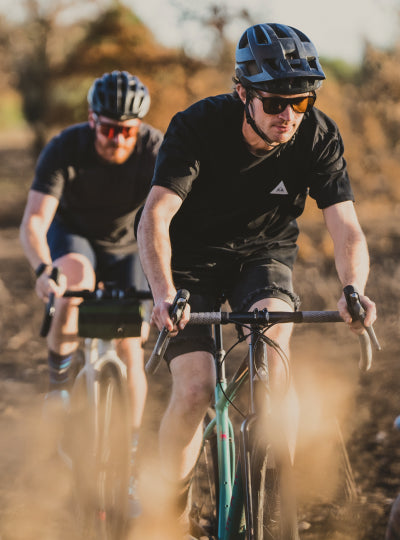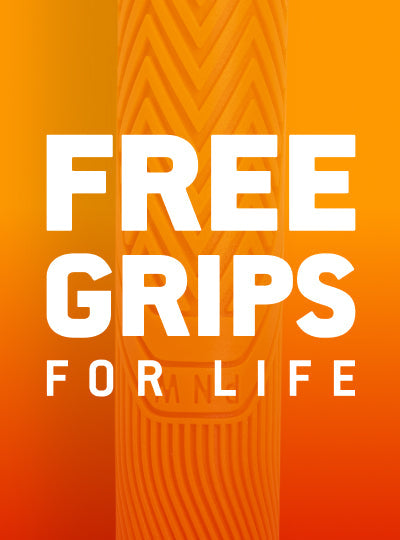Personal jumps and pump tracks are popping up all over the world as riders turn to digging during the COVID-19 "Stay Home" mandates. PNW Squad member Delia Massey can often be found helping the planet as an Environmental Engineer or shredding the local Seattle area trails, but this spring she spent her hours designing and building a pump track in her backyard. As she completed the build process, Delia fielded questions from PNW Components' Lindsay Youngs to help shed light on what it took for her dream track to come to fruition.

Photos provided by Riley Seebeck of FlowPhoto Co. and Delia Massey.
Building a Backyard Pump Track with Delia Massey
Lindsay: Sooooo....pump tracks, huh? That’s an impressive undertaking. What was the motivation for the build?
Delia: My fiancé, Kinsey, and I had been throwing around the idea of a backyard pump track for a few months. We both liked the idea of having a place to practice mountain bike skills without having to drive anywhere, and with three acres, we had the space for it. But, we just never seemed to find the time to build a pump track. And then all of a sudden, COVID-19 hit, the governor of Washington ordered everyone to stay home, and we had endless time to complete our project. Kinsey broke ground on March 13th, and we spent the next three weeks digging, and continued to perfect the track over the following months. (We also ended up adopting three Pekin ducks during lockdown...2020 has been a weird and crazy year!)

LY: Where did you get the knowledge for design? Is this your first build?
DM: This was my first pump track, but Kinsey’s second one. I have some experience building trails from dig days with Evergreen MTB, and Kinsey is quite the seasoned trail builder. He grew up on Tiger Mountain, and spent his childhood building dirt jumps and playing on bikes in the woods. Kinsey built his first pump track in the backyard of the house on Tiger, and he says it was similar to the one he designed for our current house.

LY: How much space did you need? Did you have to bring in additional dirt, or were you able to repurpose from what you had dug out?
DM: With a pump track, it’s not so much as how much space you need, but how much space you have to work with! We were constrained by the driveway to the west, our house to the south, the creek to the east, and a shed to the north, so we made it work with that area, which is roughly 60 feet by 45 feet.

As far as dirt, we managed to only use what we had. As we pulled up sod, we used it as the base for our berms, and then threw dirt on top. Our backyard slopes up to the north, so we had to dig down more of the track on the north side to make it level, and then we used the extra dirt from that to build up the berms and supplement the rockier soil on the south side.

LY: What kind of tools did you need? What was the weirdest/most unconventional tool you found that worked well?
DM: The primary tool was the simple shovel. Everything on our track was done by hand! Our weirdest tool was a huge push broom, which Kinsey uses to sweep rocks off the track. I laughed at him the first time I saw him sweeping the track, but it makes a huge difference. We have a bit of a rock problem here.

LY: Any surprises along the way? Any “ah-ha” moments? Any excavated remains?
DM: We found a few bones, but they do not appear to have human origins (ha!). I’m pretty sure they were from a dog that used to live here. There was one area we dug up near the porch that had broken pieces of ceramic and pottery, and a small glass vial. The coolest things we found, though, were old horseshoes from when our property was a horse farm. They now live on our porch as farm decorations.

LY: Let’s talk bike set-up. You have a sweet Kona Shonky now, but were riding a regular hardtail on the track previously. What kind of modifications had you made, if any, to make that hardtail more conducive to living its best pump track life?
DM: I will say that it is much easier to shred a pump track on an actual dirt jumper instead of a normal mountain bike. But, before I had my Shonky I was riding my steel Kona Honzo because that was all I had. I made a few adjustments to the Honzo--I swapped the 29-inch wheels with Maxxis Minions for my 27.5+ Maxxis Rekons because they have the least amount of tread, and then I pumped them up to their max pressure. I also put extra air in the fork, and called it good.

LY: What’s the one piece of advice that you would impart on someone looking to build their first pump-track? Run for the hills? Invest in an excavator?
DM: Embrace a love of digging! It’s a great full body workout and an excellent way to de-stress during a global pandemic. There’s something almost meditative about digging up sod and shaping berms. I found that moving dirt was just what I needed after sitting in my home office and staring at the same four walls for an entire work day while feeling helpless about what was happening in the world.

If you have the space and the means to build a pump track but have hesitated to dig up that first shovel load of dirt, we would definitely recommend giving it a go. As Delia mentioned, digging can be a great form of therapeutic exercise, and having a place nearby to hone your cycling craft sounds amazing. If you end up tackling a project like this one in your yard, we would love to see the results. Happy digging!
Don't forget to follow Delia on Instagram for more adventures.







